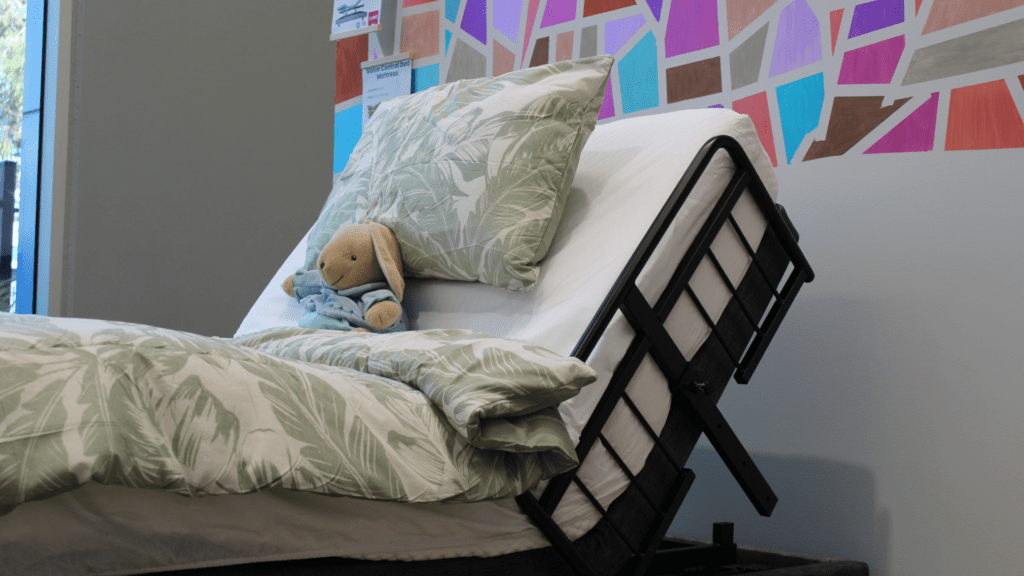Losing mobility, either gradual or sudden, is an extremely personal experience. It changes your manner of movement, your mode of life, and sometimes your whole self-image. Mobility aids, from a cane to an advanced power chair, have come to be seen not as tools but as a means of ensuring independence, self-esteem, and quality of life.
However, it is not just about choosing the aid you see first. Choosing the right mobility aids for your lifestyle has a lot to do with your body, what you require during the day, and where you feel the greatest challenge. With deeper understanding, clear-thinking, and confidence, let’s consider how you can make the right choice.
1. Understanding Mobility Aids: What Are They and Who Needs Them?
What Are Mobility Aids?
Mobility aids are devices used for persons who have difficulty walking or moving. They are designed not just for functionality but also for uplifting the dignity and autonomy of those who use them. From arthritis to post-surgical rehabilitation to assisting an elderly family member, having the proper mobility aid in a person’s life can greatly affect daily routine.Who Benefits from Mobility Aids?
Mobility aids are indeed for:- Elderly experiencing decreased quality of life in balance, muscle strength or coordination
- Surgeries, accidents, or stroke rehabilitation patients
- Chronically ill people, including but not limited to, those with Parkinson’s, multiple sclerosis or arthritis
- Caregivers just want to ensure they can help their loved ones without injuring them in the process.
2. Types of Mobility Aids and Their Benefits
1. Walking Aids
- Cane: Very flexible and easy to use, it is best suited for people needing some support for balance. Canes take pressure off joints and thereby minimize chances of falling.
- Walkers & Rollators: Offer more support than canes. Standard walkers, sturdy and heavy, are the best type indoors for short distances. Rollators are wheeled walkers with hand brakes meant for users
2. Wheelchairs and Power Wheelchairs
- Manual Wheelchairs: For users with upper-body strength (or assisted, usually by a caregiver) to occupy the wheelchair. Portable, economical, and practical.
- Power Wheelchairs: Powered by battery, these are designed for patients with less strength or limited endurance. Many models offer enhanced comfort, tilt/recline features, and all-terrain functionality.
3. Mobility Scooters
Mobility scooters are for users who can sit upright for longer periods but have difficulty walking for long periods. Excellent for outdoors, they also allow for an independent life in running errands, social outings, and even travel.4. Daily Living Aids
- Toilet Rails & Shower Chairs provide bathroom safety, which is a common falling spot in the house.
- Recliners with lift-assist allow ease for the user to get up from sitting to standing.
- Grab bars, bed rails, and non-slip mats help stabilise the home environment.
5. Patient Lifters and Beds
- Patient Lifter: Reduce care-aid strain and allow safe, secure transfers from bed to chair, wheelchair to bath, etc.
- Adjustable Beds: Enable repositioning for better comfort, sleep, and circulation — great for those with pressure ulcers, limited mobility, or in recovery for a long time.
3. How to Choose the Right Mobility Aid for Your Needs
| Factor | Consideration |
| Level of Mobility | Assess your ability to walk or bear weight. For minimal support, a walker may suffice. For moderate to severe limitations, consider a wheelchair or scooter. |
| Indoor vs. Outdoor Use | Think about where you’ll use the aid most. For rough or longer distances outdoors, mobility scooters or power wheelchairs offer better maneuverability and comfort. |
| Portability & Storage | If you travel frequently or have limited space at home, choose lightweight, foldable models that are easy to transport and store. |
| Caregiver Assistance | If regular help is needed for transfers or movement, consider aids like patient lifters or adjustable beds to ease the burden for both user and caregiver. |



